The Chipmunk is a small, easily recognizable rodent in the squirrel, or Sciuridae, family. They are part of the ground squirrel, or Marmotini, tribe. Researchers recognize 25 different species, and place them in three different taxonomic genuses. Read on to learn about the Chipmunk.
Description of the Chipmunk
Despite the numerous species, most Chipmunks look quite similar to one another. They have small bodies with little rounded ears, several dark stripes down their flanks, and a mid-length furry tail. Their tail does not have the bushiness of a tree squirrel.
These little rodents measure about 5 or 6 inches long, with 4- or 5-inch-long tails. Most species weigh about 3 or 4 ounces, though size varies based on location.
Interesting Facts About the Chipmunk
Each species is slightly different from the next. Learn a few interesting tidbits about several specific species below.
- Siberian Chipmunk – This species lives throughout much of northern Asia. It is the only species that lives outside of North America. The other 24 species live primarily in the United States and Canada.
- Eastern Chipmunk – This common little rodent ranges throughout much of the eastern United States and into Canada. They build their nests in underground burrows, and defend a small territory around their home.
- Least Chipmunk – The smallest species in the group, this little mammal measures about 7 inches long, tail and all! The smallest is also the most common. It lives throughout much of Canada and the western United States.
Habitat of the Chipmunk
These rodents occupy a number of different habitats, though their primary choice is forest. However, each species has its own unique preferences. For example, the Siberian species utilizes both forest and taiga habitat, while the eastern species lives in coniferous forests and also ranges into suburban areas.
As you saw with the eastern species, sometimes these rodents utilize more urban areas. You can find them in parks, gardens, suburbs, farms, and more.
Distribution of the Chipmunk
The various species live primarily in North America, with the exception of the Siberian species. The Siberian species inhabits vast regions of northern Asia.
As for the rest of the species, they live throughout Canada, the United States, and some species range into Mexico. Humans have also introduced some species outside of their natural range as well.
Diet of the Chipmunk
All of the various species have omnivorous diets. This means that they feed on both plant and animal matter. However, most of the animal portion of their diet consists of insects and other invertebrates. Their diets typically contain seeds, berries, nuts, fruits, fungi, insects, worms, slugs, and even eggs.
They take surplus food and store it in their cheek pouches. Some food they eat when they return to their nest, others they store within the nest for later consumption.
Chipmunk and Human Interaction
Human interaction varies based on the species. The IUCN lists many species as Least Concern. Most species do not face direct threat from human interaction, but certain subspecies and population in specific regions suffer decline. Those with declining populations usually suffer due to habitat destruction, primarily deforestation.
Domestication
Humans have not domesticated these little ground squirrels in any way.
Does the Chipmunk Make a Good Pet
No, these rodents do not make good pets. Yes, they are small and adorable, but they are wild animals. If you find a young or injured Chipmunk you should bring it to a licensed wildlife rehabilitator for care.
Chipmunk Care
In zoos, these creatures require relatively small habitats with an opportunity for them to dig and burrow. They prefer having multiple hiding places, plenty of climbing opportunities, and a variety of vegetation to explore. They do not need to live in groups, as they are solitary creatures.
Zookeepers feed them a commercially produced rodent food, in addition to a variety of fresh fruits, vegetables, berries, nuts, and seeds.
Behavior of the Chipmunk
Across the various species, a single individual lives a solitary life in an underground burrow. During the day, they forage throughout the forest, both on the ground and up in the trees.
They store food in their cheek pouches and carry it back to their nest for storage. As breeding season arrives, males leave their homes to seek females for breeding.
Reproduction of the Chipmunk
After breeding, the male returns home and takes no part in the care of the young. The gestation period lasts about a month. Most litters contain between three and five young.
Born helpless, they develop quite quickly, and most reach independence when they are about two months old. When they are about a year old, they reach sexual maturity and begin reproducing themselves.



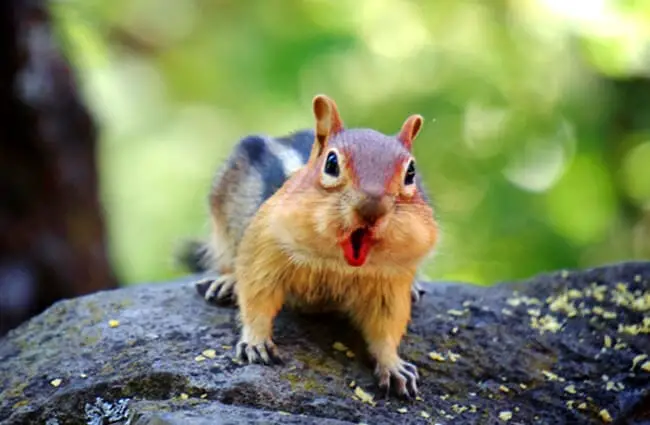

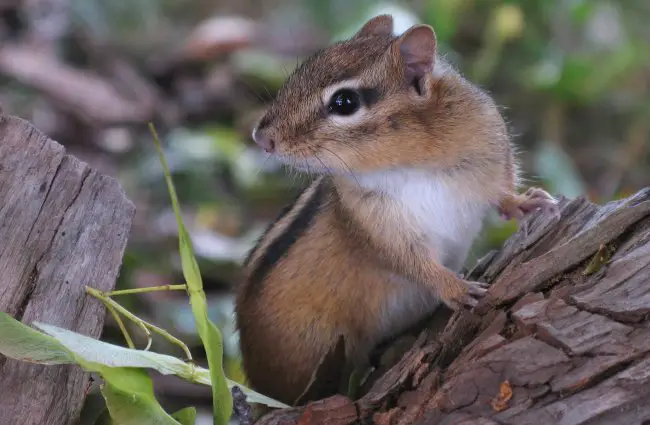
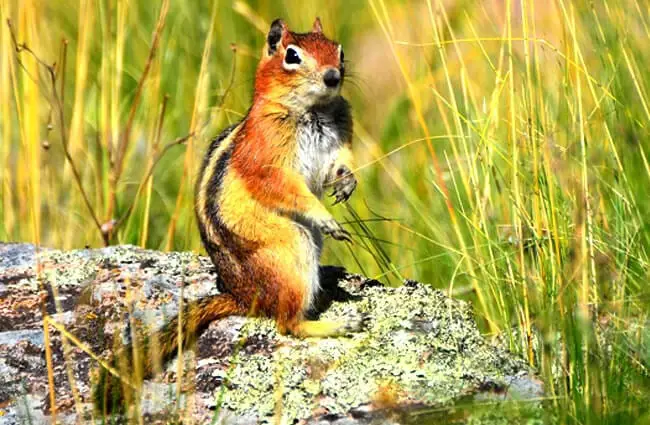
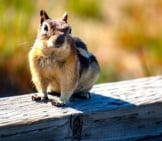
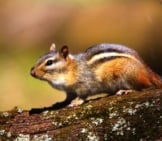

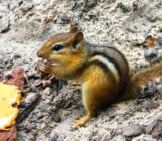
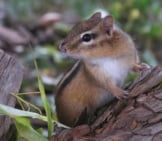
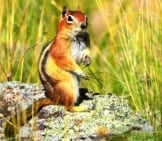
![Red Angus Closeup of a beautiful Red Angus cowPhoto by: U.S. Department of Agriculture [pubic domain]https://creativecommons.org/licenses/by/2.0/](https://animals.net/wp-content/uploads/2020/03/Red-Angus-4-238x178.jpg)












![Red Angus Closeup of a beautiful Red Angus cowPhoto by: U.S. Department of Agriculture [pubic domain]https://creativecommons.org/licenses/by/2.0/](https://animals.net/wp-content/uploads/2020/03/Red-Angus-4-100x75.jpg)

